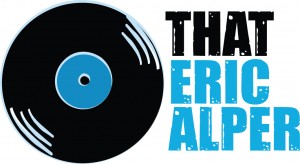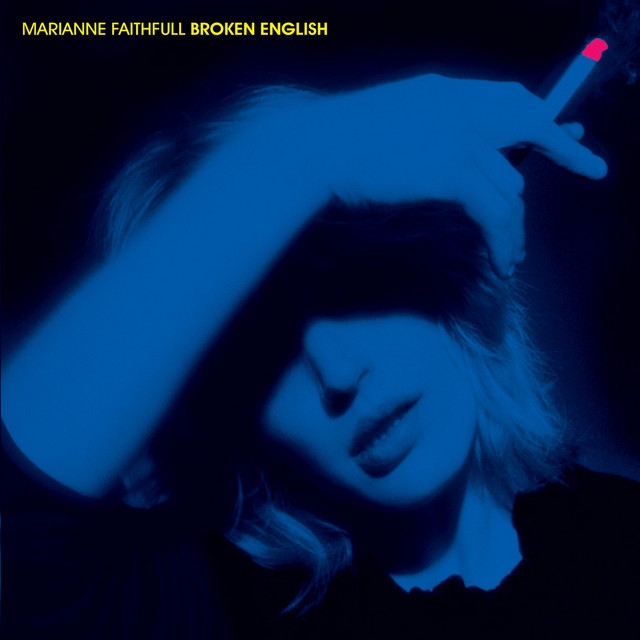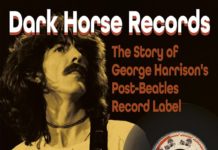Some albums define careers. Others redefine them. Broken English did both. Released in 1979, it wasn’t just a comeback for Marianne Faithfull—it was a full-blown resurrection. Her angelic, folk-pop voice had been burned away by years of addiction and hardship, leaving behind a raw, husky rasp that fit the album’s themes of despair, anger, and survival like a velvet glove. Critics hailed it as her masterpiece. But behind the synth-driven new wave and dark lyricism, Broken English holds secrets that even die-hard fans might not know. Here are five fascinating facts about Faithfull’s most iconic album.
1. The Title Track Was Inspired by a Desire for Change
While “Broken English” carries a sense of tension and urgency, its inspiration wasn’t just rooted in political turmoil—it was also about transformation and reinvention. Faithfull saw the song as a metaphor for breaking through barriers, both personal and societal. After years of struggle, she was reclaiming her voice and stepping into a bold new artistic identity. The song’s hypnotic groove and defiant lyrics reflected her determination to push forward, making it not just a reflection of the times, but a personal anthem of resilience and renewal.
2. “Why’d Ya Do It?” Was Almost Given to Tina Turner
The album’s most infamous track, “Why’d Ya Do It?”, is a six-minute explosion of betrayal and rage, its lyrics dripping with profanity and explicit imagery. Poet Heathcote Williams originally wrote it with Tina Turner in mind, envisioning her belting out the furious monologue over a raw blues track. But when Faithfull got her hands on it, she knew it was hers. Her gravelly, battle-worn voice transformed it into something feral, snarling, and unforgettable. Island Records nearly refused to release it due to its explicit content, and in Australia, the song was outright banned. Faithfull didn’t care—she had found her voice, and she wasn’t about to censor it.
3. John Lennon’s Spirit Looms Over “Working Class Hero”
Faithfull’s cover of John Lennon’s “Working Class Hero” isn’t just a tribute—it’s a manifesto. She recorded it with a sense of urgency, stripping the song down to its bleak, biting core. Faithfull saw Lennon as a kindred spirit, someone who had navigated fame, addiction, and the weight of public perception. The decision to cover the song was also a nod to her own heroes, including Mick Jagger, Keith Richards, David Bowie, and Iggy Pop—artists who, like her, had walked the tightrope between brilliance and self-destruction. With her weathered voice, she transformed the song into something even more brutal and uncompromising than Lennon’s original.
4. The Album Almost Had a Very Different Sound
When Broken English was first recorded, it had a more organic, live-in-the-room feel, closer to Faithfull’s earlier folk-tinged work. But producer Mark Miller Mundy had a vision—he wanted it to sound modern, sleek, and electronic. He brought in Steve Winwood to add layers of shimmering synths and keyboards, pushing the record into the new wave territory of artists like Talking Heads and Blondie. Faithfull later admitted that she wasn’t entirely comfortable with the shift at first, but the gamble paid off. The blend of new wave production and her ragged vocals gave the album a timeless, genre-defying edge.
5. It Took Over a Decade for Faithfull to Reclaim It
While Broken English was a critical and commercial success, Faithfull herself was in no position to celebrate. She was still in the grips of heroin addiction, and the newfound attention didn’t make things easier. By the mid-1980s, she was spiraling again. It wasn’t until 1987—after getting clean—that she could fully appreciate what she had created. “For years, I didn’t even listen to Broken English,” she later admitted. “I wasn’t ready to hear it.” It was only with the release of Strange Weather in 1987 that she truly reclaimed her artistry, setting the stage for the remarkable second act of her career.
Broken English was a declaration of survival. It turned Marianne Faithfull from a faded 1960s icon into one of the most compelling artists of her generation. The voice that once floated through folk ballads had been shattered and reforged into something darker, wiser, and utterly unforgettable. More than 40 years later, the album still stands as a testament to reinvention, resilience, and the raw power of an artist who refused to be written off.







